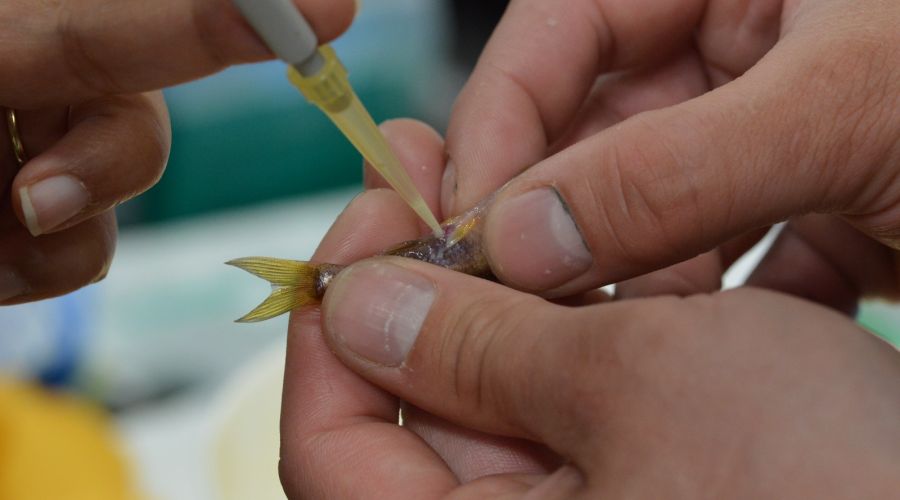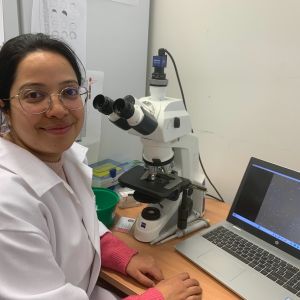Composition and Function of Polyunsaturated Fatty Acids (LC-PUFA) in Fish Sperm

A newly published review article investigates the pivotal role of long-chain polyunsaturated fatty acids (LC-PUFAs) like arachidonic acid (ARA), eicosapentaenoic acid (EPA), and docosahexaenoic acid (DHA) in fish sperm. These fatty acids are more than structural components; they significantly influence sperm biomechanics and physiology, including motility, rheotaxis, and fertilization efficiency.
The study explores how LC-PUFA profiles in fish sperm are shaped by evolutionary pathways, dietary inputs, and biomechanical demands. It highlights the unique role of DHA in enhancing sperm functionality through its superior membrane fluidity, fusogenic properties, and resilience to biophysical stress. In addition, the role of ARA and EPA-derived eicosanoids in sperm inflammation and chemotaxis was revealed, suggesting an intricate balance between evolutionary adaptation and environmental influences.
The findings emphasize the need for careful consideration of dietary inputs in aquaculture, particularly for broodstock fish, to mitigate unintended impacts on sperm quality and downstream progeny fitness.
Detailed information can be found in the original review article: Rahi Roy, D., Roy, K., Panserata, S., Stejskal, V., Mráz, J., Turchini, G.M., 2024. Long chain polyunsaturated fatty acid (LC-PUFA) composition of fish sperm: nexus of dietary, evolutionary, and biomechanical drivers. Progress in Lipid Research 96, 101305. https://doi.org/10.1016/j.plipres.2024.101305
This review is a collaborative effort between the University of South Bohemia in České Budějovice, Faculty of Fisheries and Protection of Waters, Université de Pau et des Pays de L'Adour, and the University of Melbourne, bridging research across continents to provide new insights into fish reproduction in aquaculture practices.
Fig. 1: Microscopic monitoring of fish sperm motility.
Fig. 2: Sperm collection from crucian carp (Carassius carassius).

